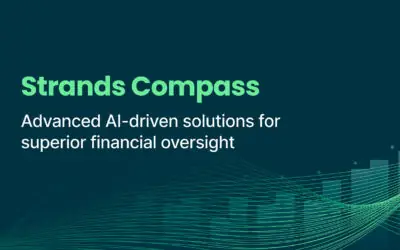ESG banking is a type of sustainable banking that focuses on Environmental, Social and Governance (ESG) factors. This term represents the effort on sustainability by banks, which has lately led to an increased demand for ESG-related products and services from investors. ESG opportunities and risks are becoming more and more relevant nowadays, as they present not only environmental benefits but are also associated with better economic performance.
However, the concept of ESG does not only pose an opportunity for economic growth but one for connecting with banking customers at a deeper level. Banks need to wake up to the call of sustainable banking, and start exploring how ESG criteria could have an impact not only on their business models but on their products to open new revenue streams and drive customer loyalty.
ESG is not CSR
ESG and CSR (Corporate Social Responsability) both concern how socially and environmentally conscious a business is. However, the main difference between these terms is how banks take on these policies:
- CSR is more corporate and focuses on how the business actions impact stakeholders, which gives a context about sustainability objectives and company culture. It is more qualitative and affects the company’s values and objectives.
- ESG practices evaluate how sustainability and CSR goals are set with KPIs that help take the next best action, which can also be used by consumers or investors to understand how the company is evolving. They are more quantitative, and relate more to the business’ products and services.
As the market evolves, ESG funds have experienced a one-year growth rate of 80% in the USA this 2022 as recent Deloitte research shows. The increase in these types of investments has opened an opportunity for banks to take action and start incorporating ESG into their banking products and services. Such is the growth, that it has not only become a need to attract investment. Customers have also started to release the need these type of practices imply to them, as recent research by PwC justifies:
“83% of consumers think companies should be actively shaping ESG best practices”.
Committing to ESG with green banking products
Balancing growth plans with ESG in banking is not an easy task. Banks need to consider all sort of sustainable, economical and governmental impacts while remaining profitable. It is a challenge that can only be solved by injecting sustainability into their DNA. ESG practices could increase digital engagement, boost customer loyalty and even become a new revenue stream. But, how does a bank do that?
It may not come as a surprise that digital transformation is a way to go. Integrating green banking solutions into their offerings, banks can fulfill their commitments while upscaling their product’s value proposition. For instance, helping customers track their carbon footprint can help gain a quantitative overview of their contribution.
At Strands, we help banks and financial institutions integrate a Carbon Footprint Tracker into their product offering that helps for Individuals and Businesses to build a bridge between awareness and actions when talking about carbon emissions. Financial Institutions can help inform environmentally conscious customers about the impact of their spending on CO2 emissions by adopting our carbon footprint calculator.
If you are interested in learning more about how partnering with us can help your bank go greener, talk to our experts or request a demo.



